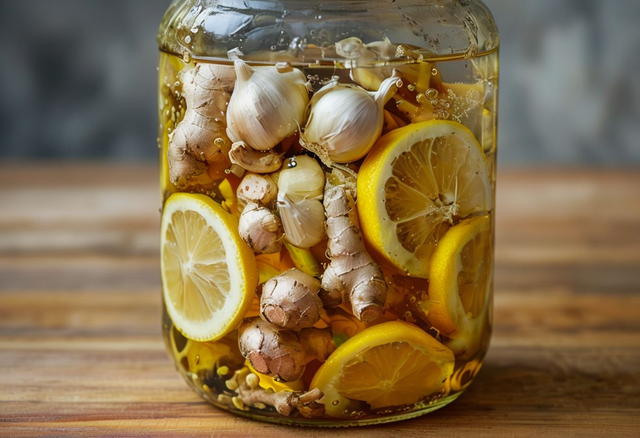Huge Tomatoes in the Garden, It’s Crazy: Just a Spoonful of This Ingredient | Every Gardener Does It
Paula
- 0
- 11
If supermarkets had preserved the taste and aroma of traditional tomatoes, urban gardens would not have experienced such growth. Fewer people would be encouraged to rent land to grow their own vegetables. But let’s take a look at how to grow giant tomato plants in your home garden.
Giant Tomatoes in the Garden, Crazy: 6 Tips for Strong, Lush Plants

1. Always plant in a new location
Tomatoes are extremely susceptible to disease, especially those grown in the ground. For example, tomato blight and blossom-end rot are caused by soil problems. Each growing season, we move tomato plants to a new area of the garden. Crop rotation is a key factor in maintaining soil and plant health.
Additionally, tomatoes feed on soil nutrients. This means that moving to a new location will also provide them with fresh nutrients. As a general rule, tomato plants should not be planted in the same spot for at least 3 years. If you’re growing in pots or containers, be sure to change the soil every season.
2. Provide support before planting

Whether you use cages, stakes, or trellises, plants need support! When it comes to growing large tomatoes, plant support is an important key to maintaining health. We grow our tomatoes in homemade supports by placing them before planting. Not only does it support the plant from the start, but it also prevents you from damaging and crushing the roots when you try to transplant them into the ground later. So install the support before or during planting, not weeks after!
3. Plant deep
Tomatoes should be planted deep in the soil . Planting tomatoes deep in the soil helps the plants develop additional roots to absorb more nutrients and moisture. The practice of deep planting is beneficial for two reasons.
For one thing, it helps protect plants from Mother Nature’s dangers. A deep root structure dries out less quickly. It also provides more support for plants so they can withstand wind and storms. Planting deeper also allows more roots to grow from the trunk . Roots, which are essential for providing nutrients and water to the plant as it grows.
How deep? We plant our tomatoes 15-20 centimeters deep in the soil. And don’t worry if you bury some of the lower leaves when transplanting. New roots also grow from there, which doesn’t harm the plant.
READ ALSO: Mussel, octopus, and bread soup so good it’s a real turn-over. Only 430 kcal!
4. Prepare the compost

One of the biggest secrets to growing large tomatoes is feeding the plants at planting time. We fill the hole with a mixture of compost, a few crushed eggshells, a few teaspoons of coffee grounds, and onion peels.
5. Use organic mulch
Mulch is another important factor when growing large tomatoes because it plays a significant role in the health and production levels of tomato plants. Mulch helps maintain adequate moisture and inhibits weeds , which deprive plants of the essential nutrients they need for strong growth. It also helps prevent soil-borne diseases . Helps regulate temperature. It also helps prevent soil and nutrient erosion during heavy rains.
First, we place a layer of compost with a diameter of 10 to 15 cm around each plant . Finally , we place a layer of straw 10 to 15 cm thick. If you do not have straw, you can use grass clippings, freshly cut grass (without seeds), dry leaves of plants and trees, etc.
6. Prune plants as they grow

Last but not least, prune your tomato plants as they grow. Especially at the bottom of each plant. How is this done? Pruning the lower branches allows air and light to circulate.
Pruning the lower part of the plants also makes them easier to water or fertilize. After pruning, you can apply a dose of compost to boost their growth. Pruning also makes it harder for insects and garden pests to gain access .
Other than that…
To achieve a good yield and grow juicy, large and good tomatoes, an excellent tip is to add a spoonful of neem oil to the root of each plant , a type of oil with important nutritional properties, whose smell is similar to that of garlic and has a moisturizing, soothing and re-epithelializing effect. A simple spoonful in the soil where the plant is located is enough to protect the plant from caterpillars, aphids and mealybugs.

